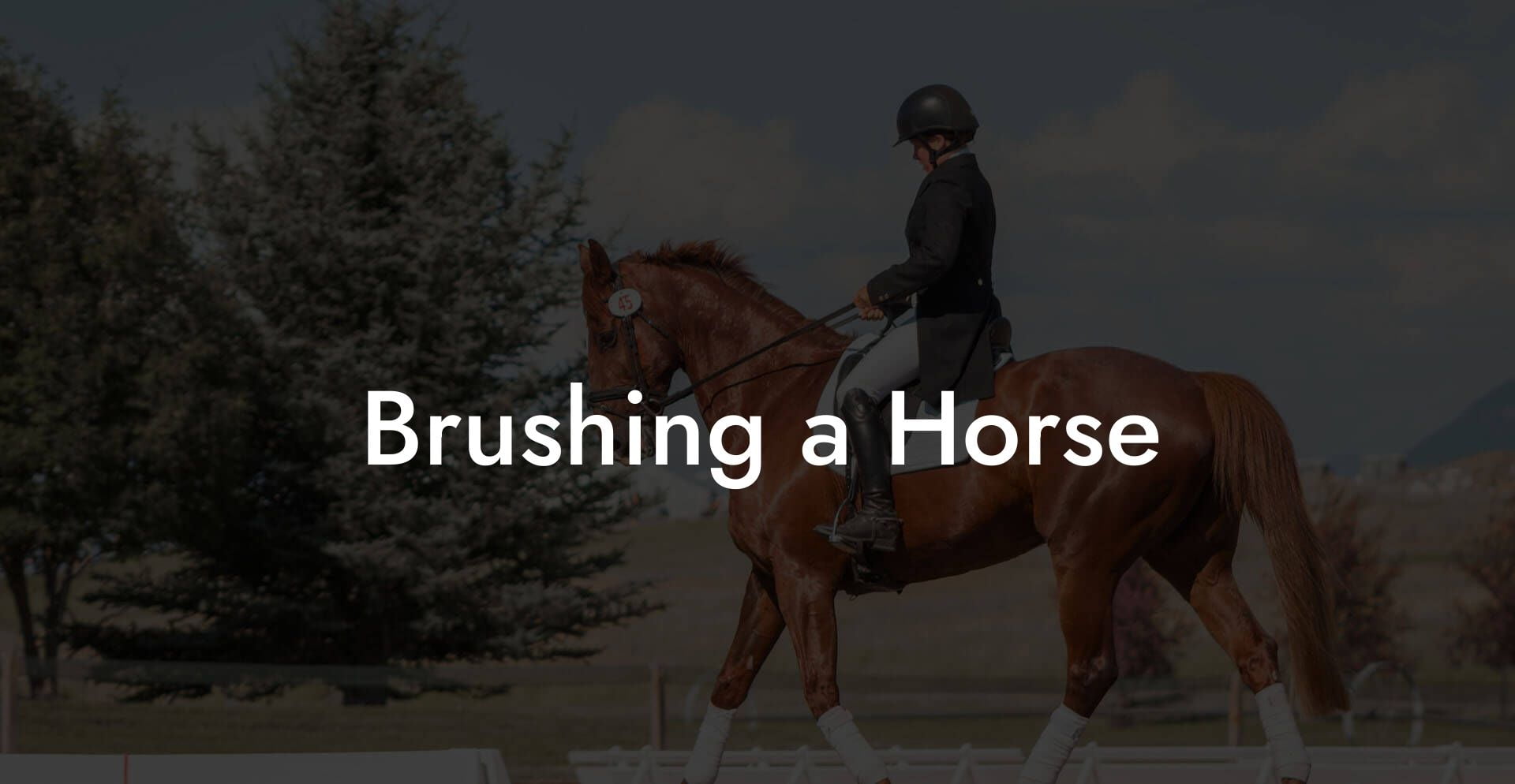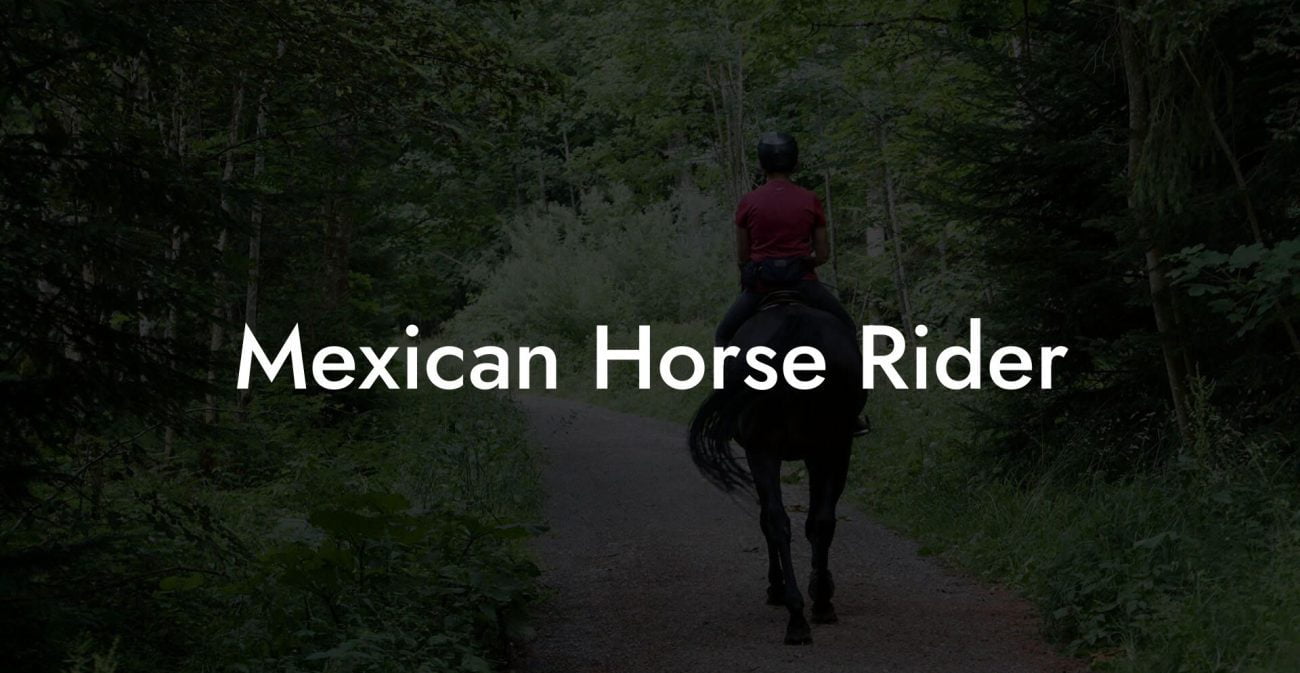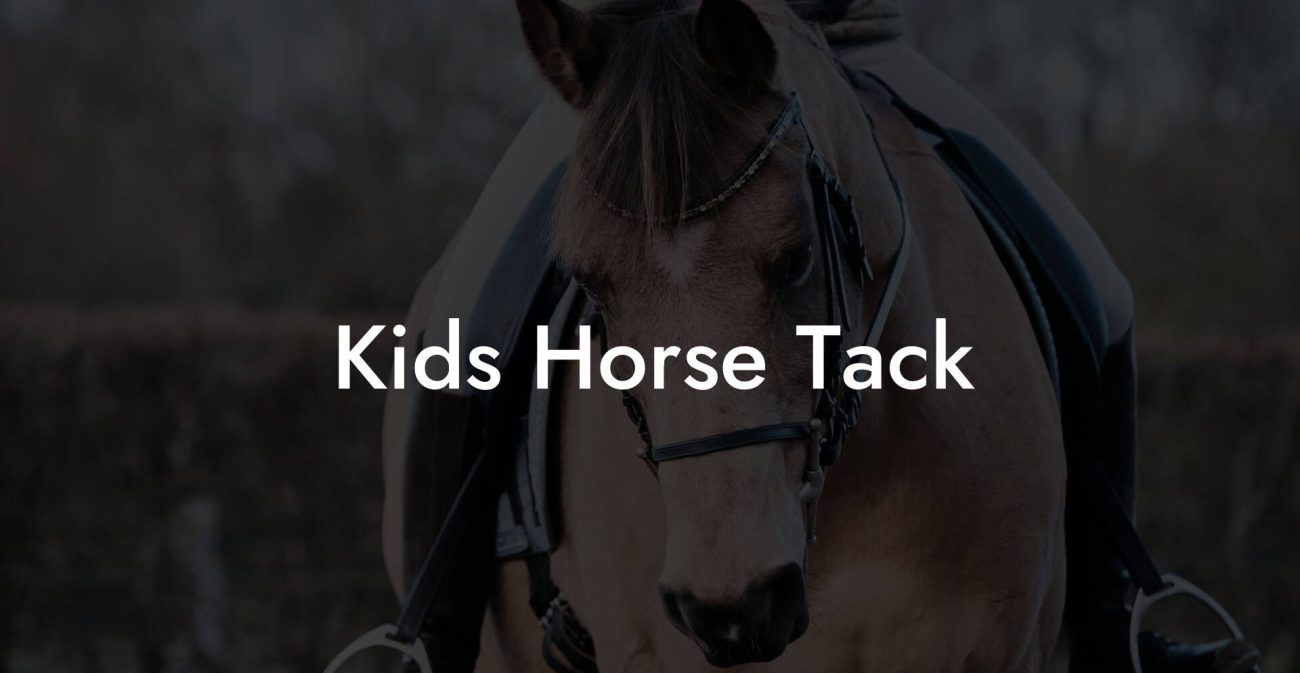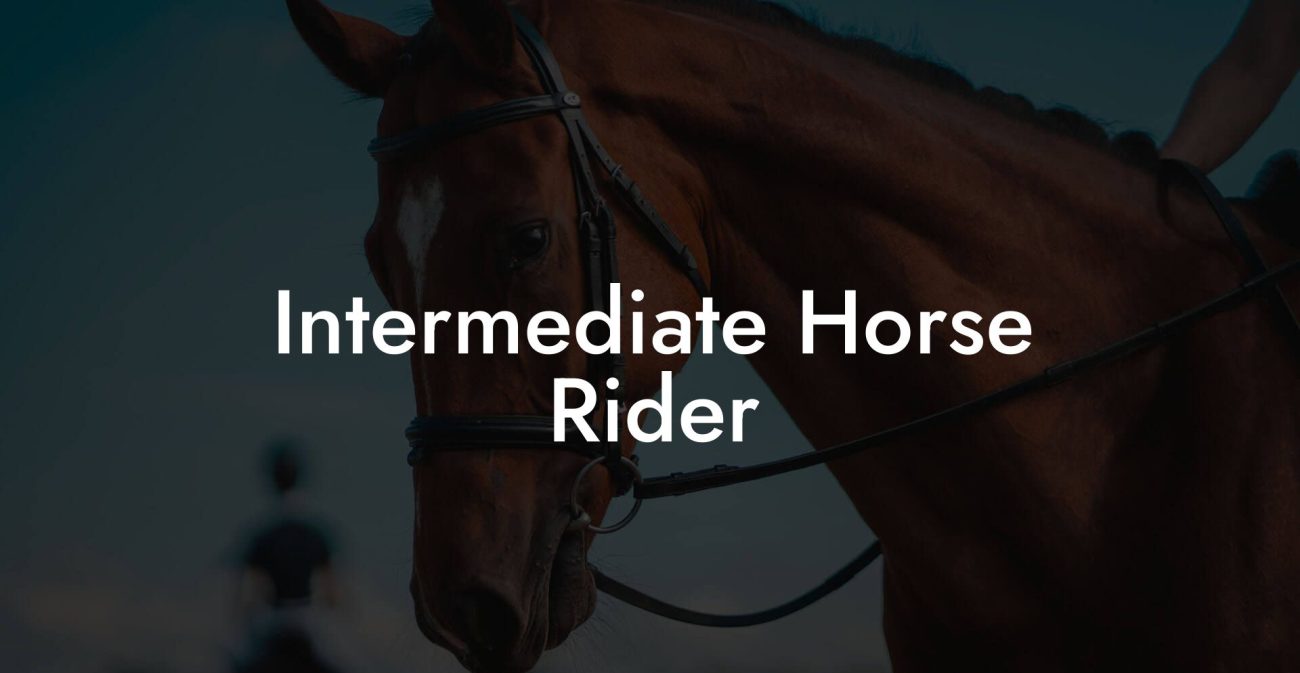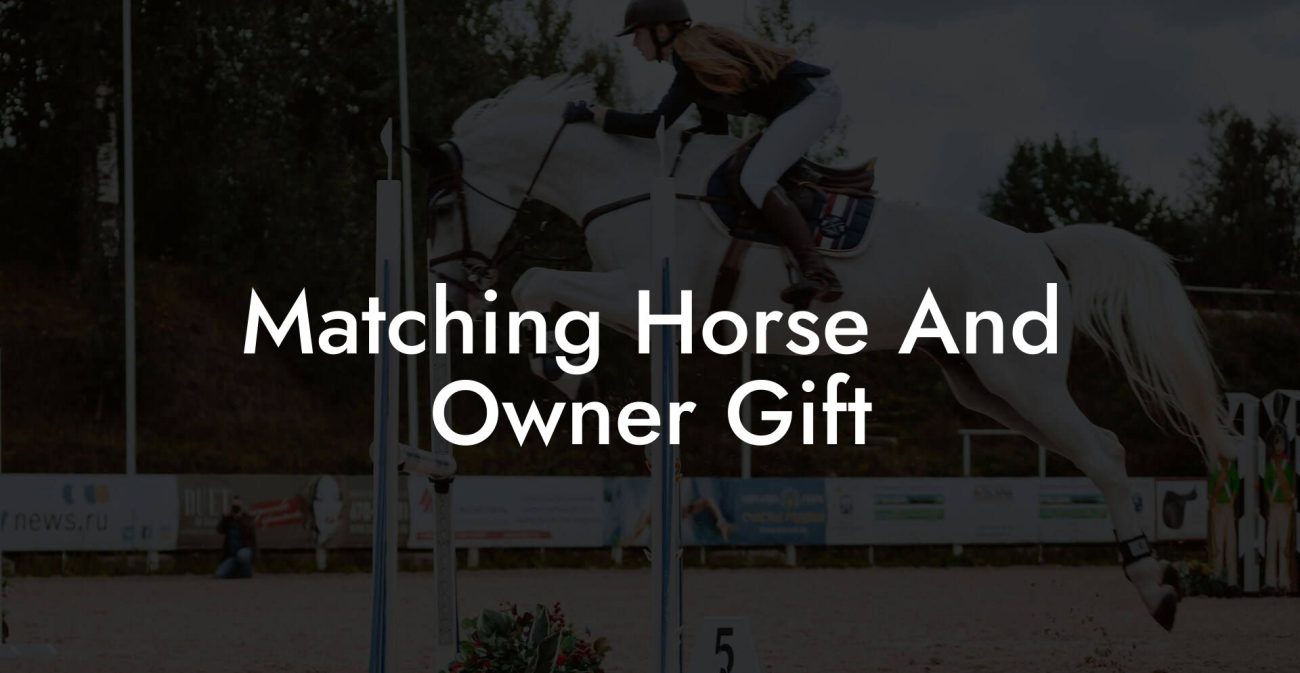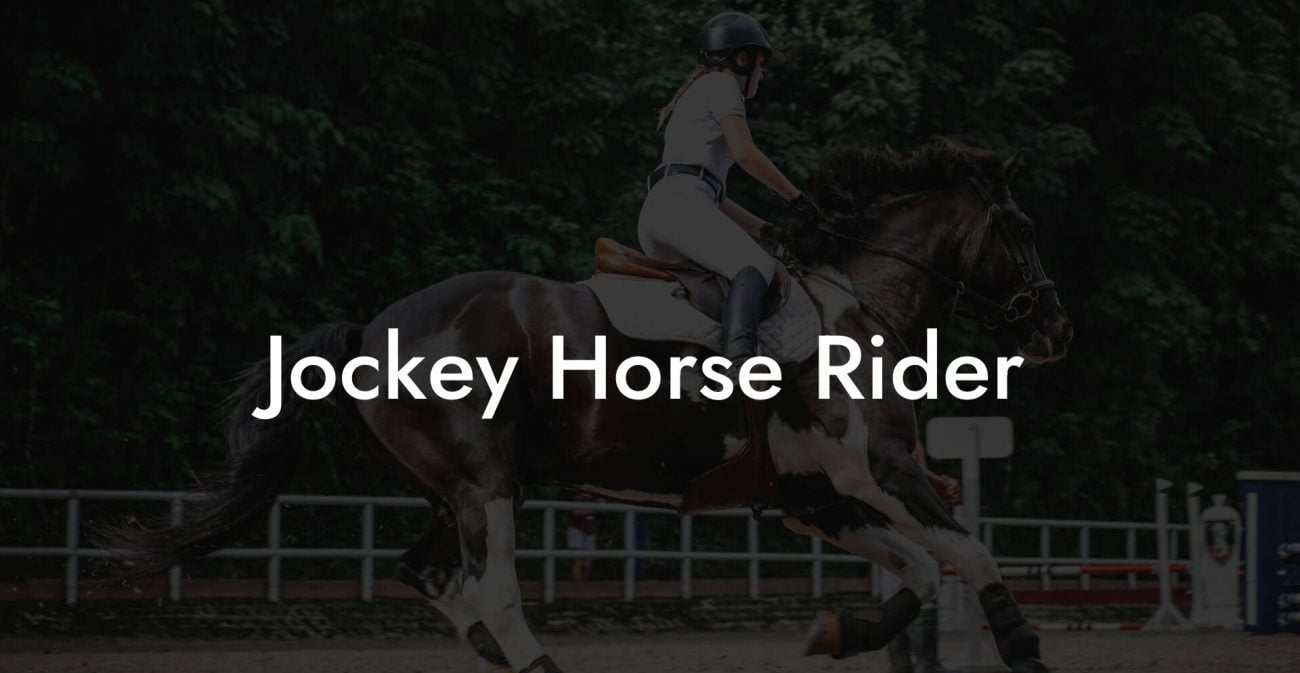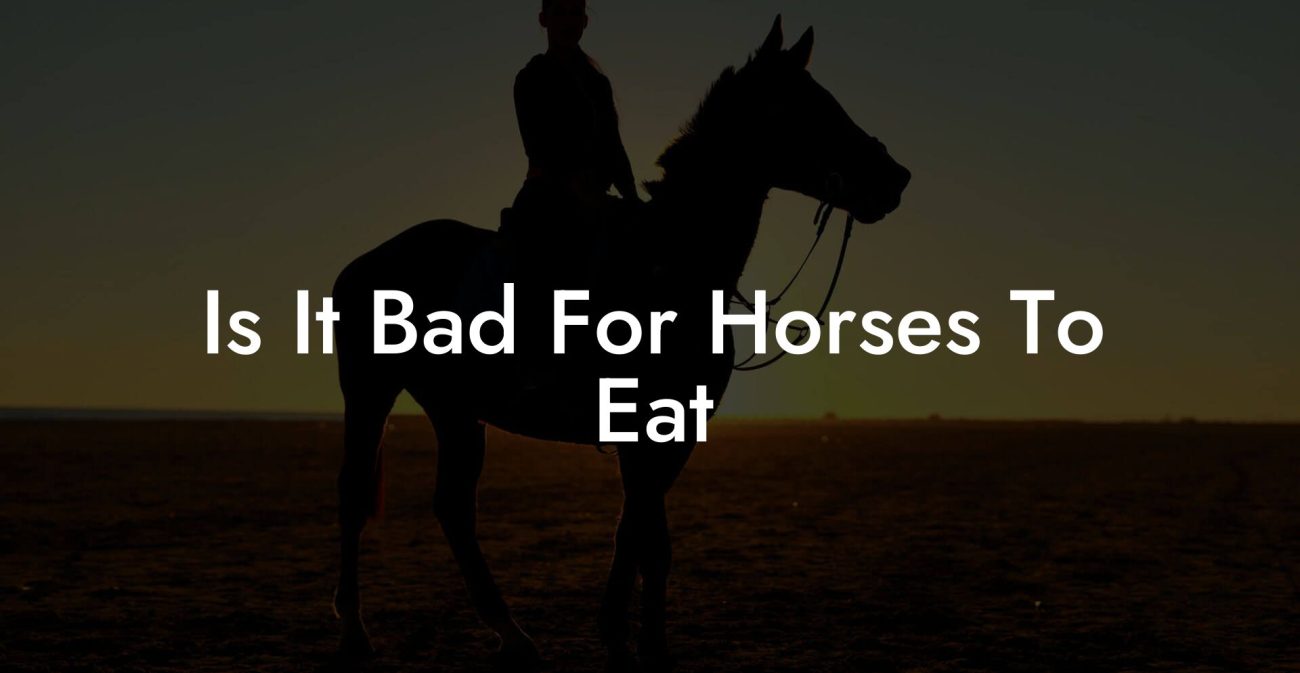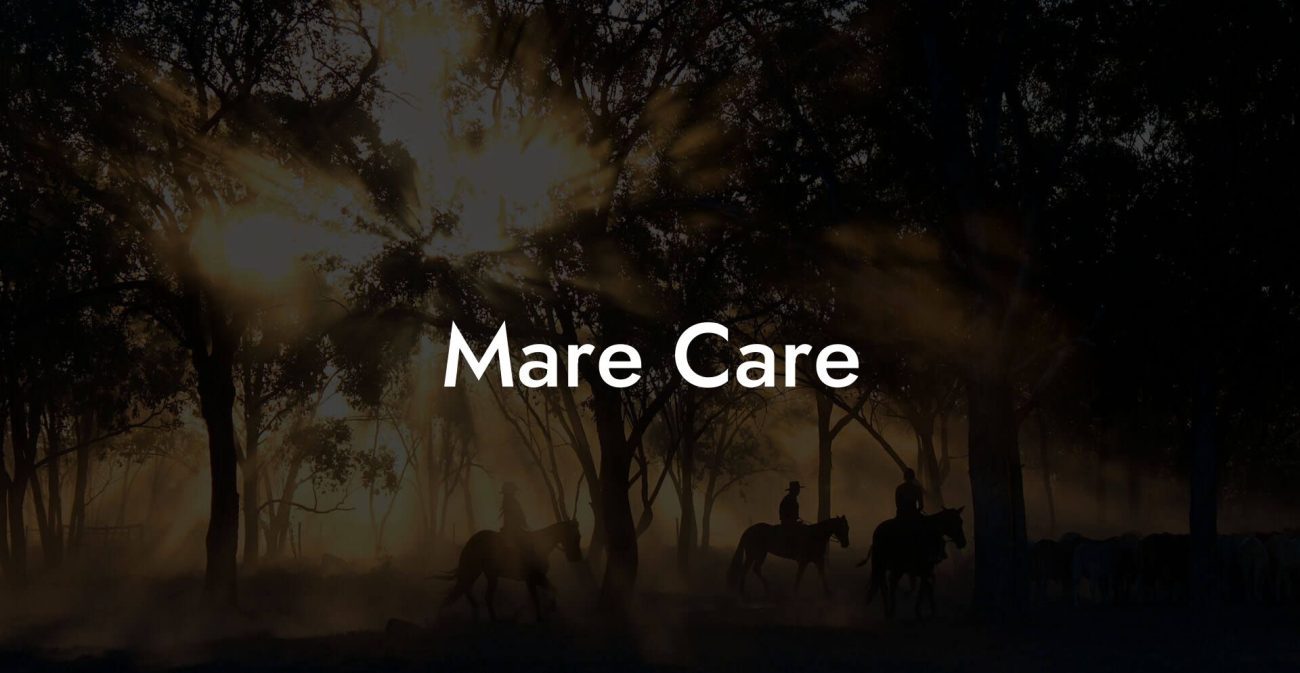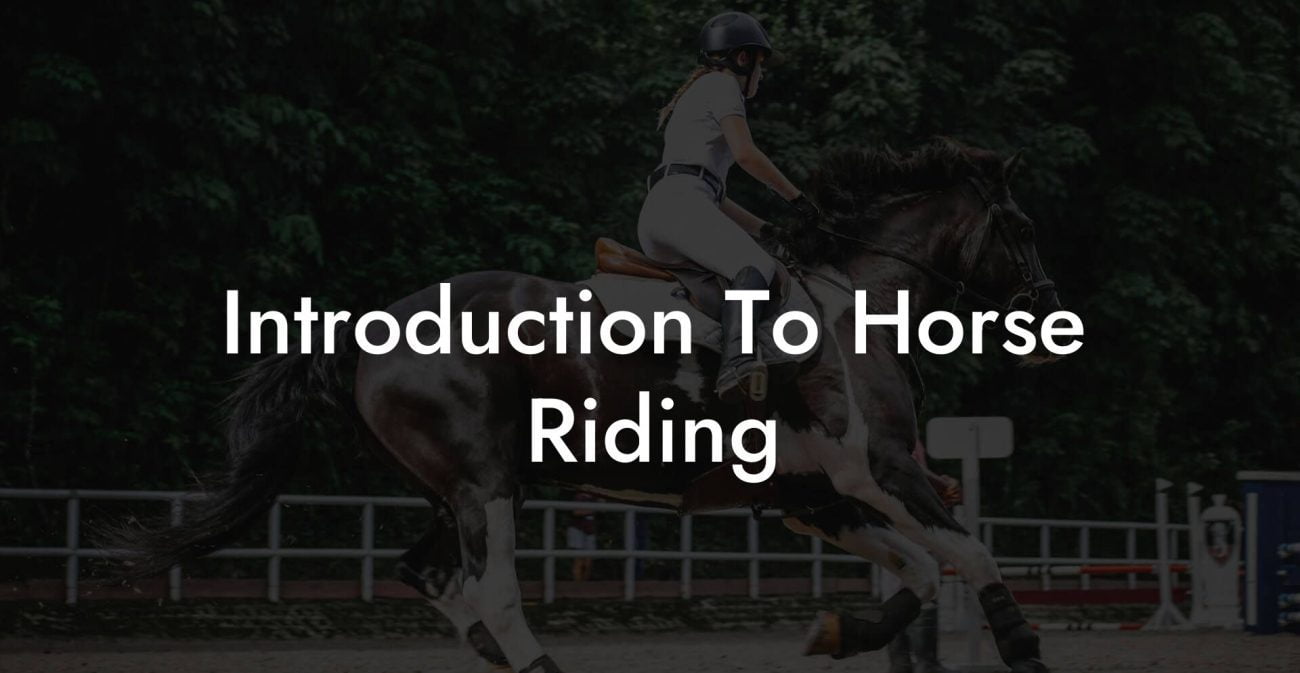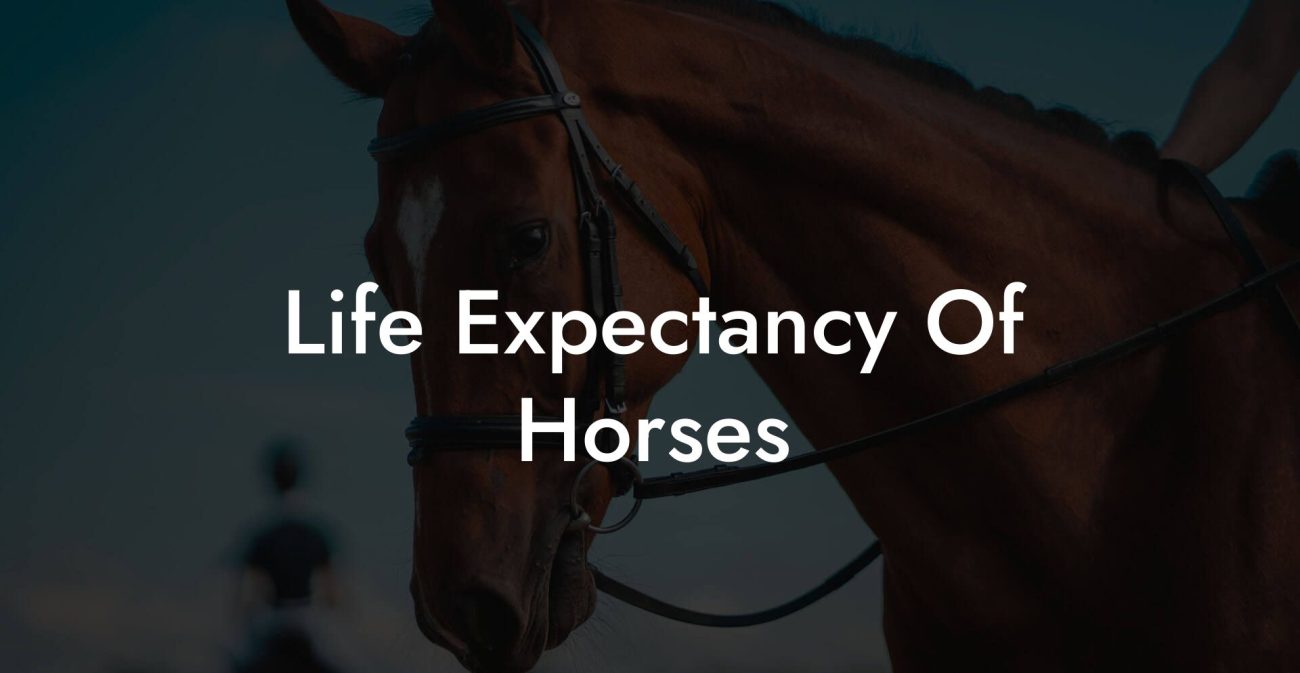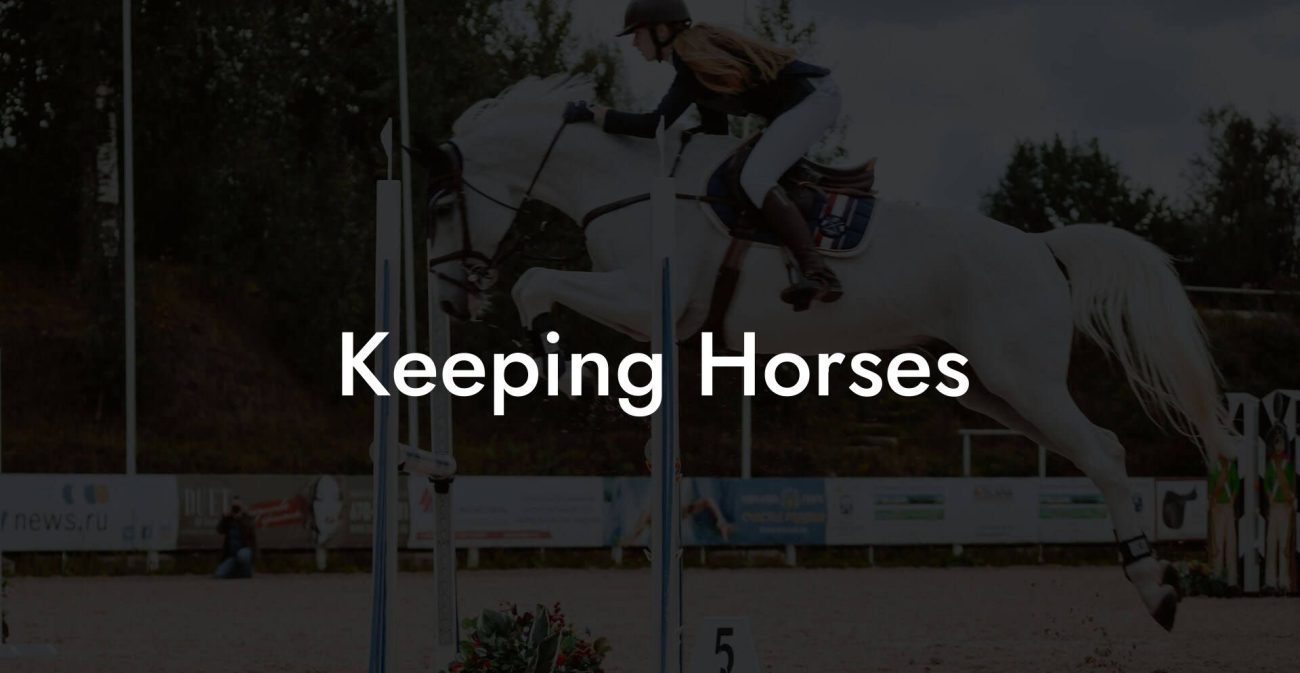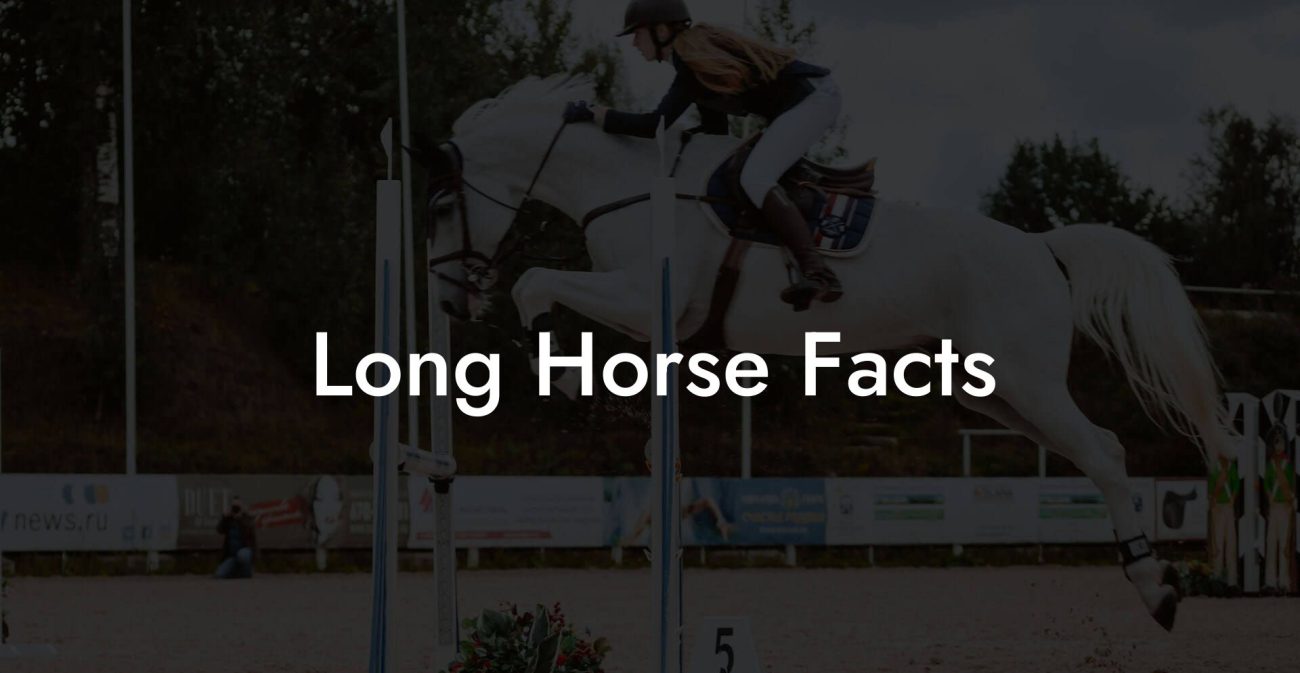There’s a rhythm to equine care that’s as satisfying as a perfectly curated Spotify playlist, brushing your horse is not only a grooming ritual but also an epic bonding session that rejuvenates both you and your four-legged friend. When you brush a horse, you’re not just cleaning a coat; you’re participating in a time-honored tradition of care that combines technique, passion, and a little bit of swagger. Whether you’re a seasoned rider or a newbie in the stable game, understanding the nuances of horse brushing can transform your routine into a downright enjoyable experience, leaving your horse’s coat shining and your bond strengthening.
Quick Links to Useful Sections
- The Art and Science of Horse Brushing
- Why Brushing Your Horse Matters: Benefits Beyond the Bristles
- Tools of the Trade: Essential equipment for Brushing Your Horse
- 1. Curry Combs
- 2. Hard Brushes
- 3. Soft Brushes
- 4. Mane and Tail Brushes
- 5. Shedding Tools
- Step-by-Step Guide: How to Brush a Horse Like a Pro
- Step 1: Gather Your Supplies
- Step 2: Secure a Calm Environment
- Step 3: Start with a Thorough Curry Comb Massage
- Step 4: Switch to the Hard Brush
- Step 5: Use the Soft Brush for the Finishing Touches
- Step 6: Check for Any Issues
- Brushing Techniques for Different Horse Coats
- Short-Coated and Smooth Horses
- Long-Coated and Shaggy Beauties
- Seasonal Coats: The Shedding Phenomenon
- Common Brushing Mistakes and How to Avoid Them
- 1. Going Too Hard
- 2. Over-Brushing
- 3. Skipping the Curry Comb
- 4. Ignoring the Mane and Tail
- 5. Poor Tool Maintenance
- Making Horse Brushing a Social Affair
- Resources and Community Support: Your Next Steps
- Integrating Horse Brushing into a Holistic Equine Care Routine
- Advanced Techniques and Pro Tips for the Modern Groomer
- 1. Use Multi-Tasking Tools
- 2. Establish a Regular Routine
- 3. Learn the Language of Equines
- 4. Mix Up Your Routine
- 5. Record Your Progress
- Frequently Asked Questions About Brushing a Horse
- Your Journey to a Stellar Horse Grooming Routine
The Art and Science of Horse Brushing
Horse brushing is as much an art form as it is a practical necessity. From removing dirt and loose hair to stimulating blood circulation and preventing skin issues, brushing serves multiple purposes. The process has evolved over centuries, and modern techniques now blend traditional methods with innovative tools designed for both efficiency and comfort. Whether you’re sprinting through your morning routine or planning a laid-back grooming session with your equine partner, the right approach can make all the difference.
In today’s fast-paced world, where self-care and wellness aren’t just buzzwords but a lifestyle, even horse care has taken on a more holistic vibe. Gen-Z and millennials alike are embracing natural, DIY methods that promote sustainability and mindfulness. When you brush a horse, you’re not just performing a task, you’re indulging in a ritual that connects you with nature, nurtures your horse’s well-being, and even gives you a moment of zen amid your bustling schedule.
The secret behind effective horse brushing lies in understanding your horse’s unique coat, skin sensitivity, and behavior. Each stroke of the brush isn’t just a cleaning motion, it’s a communication signal, a display of trust, and an affirmation of care that echoes back to centuries of equine history.
Why Brushing Your Horse Matters: Benefits Beyond the Bristles
Brushing is a cornerstone of proper equine care, offering an array of benefits that extend far beyond the aesthetic. Here are some of the standout perks:
- Improved Coat health: Regular brushing helps distribute natural oils, which are crucial for a healthy, shiny coat. It also removes dirt, dust, and loose hair, ensuring that your horse’s coat stays polished and vibrant.
- Prevention of Skin Issues: By eliminating debris and reducing friction, brushing minimizes the risk of skin irritations, insect bites, and other dermatological issues.
- Stimulation of Circulation: The gentle massage provided by brushing increases blood flow, which can soothe muscle stiffness and enhance overall skin vitality.
- Early Detection of Health Problems: A daily brushing routine makes it easier to spot cuts, swellings, or abnormal patches on your horse’s skin, allowing for early intervention and treatment.
- Strengthening the Bond: Brushing sessions are a prime opportunity to interact with your horse. This process builds trust and communication, turning routine care into cherished moments of connection.
In the same way that a daily skincare routine can boost your confidence and enhance your glow, a regular brushing routine unleashes your horse’s natural luster while reinforcing your partnership. It’s a win-win scenario – your horse receives the health benefits it deserves, and you get to witness the transformative magic of dedicated care.
Tools of the Trade: Essential equipment for Brushing Your Horse
Just like a makeup kit for flawless skin, the right brushes and grooming tools are essential for an effective horse grooming session. Whether you’re working on a long-haul cleanup or a quick touch-up before a ride, having the right equipment makes all the difference.
1. Curry Combs
A curry comb is a must-have tool for loosening dirt and hair. Made with rubber or plastic bristles, it gently lifts dirt and stimulates the skin while loosening dead hair. Use it in circular motions to prepare your horse’s coat for the next steps.
2. Hard Brushes
Hard brushes, equipped with stiff bristles, are ideal for removing dust and loose hair after using a curry comb. These brushes help reveal the natural shine of your horse’s coat by effectively removing remaining debris.
3. Soft Brushes
Soft brushes come into play when you need to give a final smooth finish. These brushes are perfect for delicate areas like the face, mane, and tail. Their softer bristles prevent irritation while ensuring that every area is neatly groomed.
4. Mane and Tail Brushes
Specialized brushes designed for the mane and tail help untangle and smooth out knots without causing breakage. If your horse sports a wild mane, a detangling comb or brush is a go-to for maintaining a sleek and neat look.
5. Shedding Tools
During shedding seasons, using a shedding tool designed specifically for horses can cut through the thick undercoat and remove loose hair. Not only does this keep the coat lighter, but it also prevents the build-up of hair that can trap dirt and cause discomfort.
When assembling your grooming arsenal, it’s essential to consider the quality and purpose of each tool. Investing in high-quality brushes ensures that your grooming sessions are effective and gentle on your horse’s skin, while also adding a touch of style to your routine.
Step-by-Step Guide: How to Brush a Horse Like a Pro
Embarking on a grooming session doesn’t require a PhD in equine care, just a bit of know-how, a gentle touch, and the right tools. Follow this step-by-step guide to master the art of brushing your horse:
Step 1: Gather Your Supplies
Before you start, assemble all your grooming tools in one convenient spot. This includes a curry comb, hard brush, soft brush, mane and tail brush, and any finishing tools you might like to use. Having everything at hand minimizes disruptions and helps maintain the flow of your routine.
Step 2: Secure a Calm Environment
Choose a quiet, safe space where your horse feels comfortable. A well-ventilated, familiar area works best. Play some mellow tunes on your phone if you need to create a relaxing ambiance, think of it as setting the mood for a spa day.
Step 3: Start with a Thorough Curry Comb Massage
Begin by using the curry comb to massage your horse’s body. Move your hand in circular motions, starting from the neck and working your way down to the hindquarters. This action loosens dirt and stimulates circulation. Most horses enjoy the sensation, and it’s an excellent way to establish trust.
Step 4: Switch to the Hard Brush
Once the dirt is loosened, take the hard brush and gently sweep it across your horse’s coat. Brush in long, even strokes following the direction of hair growth. This step removes the debris and reveals a more vibrant coat. If you notice any stubborn patches, spend a little extra time there, but be gentle to avoid irritating the skin.
Step 5: Use the Soft Brush for the Finishing Touches
Finally, use the soft brush to smooth out the coat and attend to sensitive areas like the face, legs, and ears. For the mane and tail, gently work through tangles with a specialized comb or brush, taking care not to tug on knots which might cause discomfort.
Step 6: Check for Any Issues
As you groom, keep an eye out for cuts, swelling, or unusual patches of skin. Early detection of these issues means you can seek advice from a veterinarian before anything escalates. Think of it as your daily health check-up, on a smaller, equine scale.
By following these steps, you not only achieve a clean, shiny coat but also solidify the trust between you and your horse. It’s a ritual that goes beyond mere maintenance; it’s a conversation, an ongoing dialogue where every stroke speaks of care.
Brushing Techniques for Different Horse Coats
Not all horses have the same type of coat, and understanding the nuances can help you tailor your grooming routine. Just like how different hairstyles require different brushes, various coat textures call for specific techniques.
Short-Coated and Smooth Horses
For horses with shorter, smooth coats, a gentle touch is key. Use a soft brush to avoid over-brushing, which can cause skin irritation. A light hand coupled with frequent, short brushing sessions can keep their coats glossy and healthy without disrupting the natural oil balance.
Long-Coated and Shaggy Beauties
Horses with longer hair require a bit more time and care. The mane and tail, in particular, can tangle easily. Start slowly by detangling knots with a wide-tooth comb before proceeding with your regular brushing routine. Brushing the body should involve using tools designed to penetrate the long hair and remove loose strands to prevent matting.
Seasonal Coats: The Shedding Phenomenon
As the weather shifts, many horses undergo a seasonal coat change, shedding old hair to make way for a new layer. During these times, increased brushing is essential for comfort and skin health. Employ specialized shedding tools and a combination of hard and soft brushes to manage the extra hair load effectively. This not only keeps your horse cool but also significantly reduces the potential for skin irritation.
Adapting your technique to the type of coat is crucial for maintaining the overall health and appearance of your horse. It’s all about knowing what your equine friend needs at any given time and adjusting your approach to ensure the best care.
Common Brushing Mistakes and How to Avoid Them
Even the most well-intentioned groomers can occasionally slip up. Here are some frequent mistakes and handy tips to keep your brushing routine on point:
1. Going Too Hard
It’s important to remember that your horse’s skin is sensitive. Brushing too firmly can cause irritation or even lead to abrasions. Instead, use a light, steady hand and let the brushes do the work.
2. Over-Brushing
Just as over-washing your face can strip away natural oils, over-brushing can deplete the natural luster of your horse’s coat. Aim for regular, measured sessions rather than marathon brushing bouts.
3. Skipping the Curry Comb
The curry comb is your best friend for breaking down dirt and debris. Skipping this step might leave stubborn deposits on the coat, reducing the effectiveness of subsequent brushing. Always start with a good massage to prep the skin.
4. Ignoring the Mane and Tail
Many groomers focus solely on the body and overlook the mane and tail, where tangles and knots are common. Dedicate time to detangle and smooth these areas, ensuring a complete grooming session.
5. Poor Tool Maintenance
Dirty or worn-out brushes can harbor bacteria and harm your horse’s skin. Make it a habit to clean your tools after each session. Not only does this prevent infections, but it also ensures that your tools are always ready for action.
Avoiding these pitfalls will keep your routine effective, safe, and enjoyable for both you and your horse. A little extra care during your brushing session can lead to a healthier coat and a happier, more comfortable equine companion.
Making Horse Brushing a Social Affair
In today’s world, where community and shared experiences are highly valued, why not turn your horse grooming sessions into a social event? Whether it’s sharing tips with fellow horse lovers or even setting up a mini social media live session from the barn, there’s plenty of room to connect over a shared passion.
Horse grooming clubs, local equestrian groups, and online communities like Facebook groups or Reddit threads dedicated to equine care provide a platform to exchange advice, showcase before-and-after photos, and even debate the merits of different brushes. Organizing meetups or virtual Q&A sessions can also help demystify the grooming process for beginners. Not only will you learn new techniques, but you might also pick up a few hilarious anecdotes that make the entire process even more memorable.
So, grab your phone, document your routine, and join a community where horse grooming is more than a chore, it’s a lifestyle. Engage with vibrant online platforms, compare your gear with fellow enthusiasts, and relish the shared joy that only true equine care can bring.
Resources and Community Support: Your Next Steps
Ready to take your horse grooming game to the next level? Explore a myriad of resources designed to support your journey, from expert tutorials to interactive forums where seasoned groomers share their golden tips. Dive into YouTube channels that offer step-by-step guides, Instagram accounts that showcase stunning before-and-after transformations, and blog posts that break down the science behind every brush stroke.
Local stables and equestrian centers often host workshops and demonstrations, providing hands-on experience in brushing techniques and tool management. Don’t underestimate the power of community, the shared expertise of fellow horse enthusiasts can turn even the most challenging grooming tasks into an empowering adventure.
For those who love blending creativity with practical skills, many online platforms now feature interactive webinars and live Q&A sessions with experts in equine care. Subscribing to newsletters from reputable equestrian websites can keep you informed about the latest trends in horse grooming, innovative tool designs, and seasonal care tips. Whether you’re a DIY guru or prefer expert guidance, these resources are your ticket to mastering the art of brushing a horse.
Embarking on this journey not only refines your skills but also strengthens the bond with your trusted companion. As you explore the wealth of available resources, remember that every point of contact, every shared tip and every success story, builds a community rooted in a passion for equine care. It’s time to connect, learn, and elevate your horse brushing routine to a whole new level.
Integrating Horse Brushing into a Holistic Equine Care Routine
Brushing your horse isn’t an isolated chore; it’s a crucial element of a broader equine care routine that promotes overall health and well-being. Combined with proper nutrition, regular exercise, and routine veterinary check-ups, brushing helps ensure your horse remains both physically robust and mentally content.
In a modern, holistic approach to equine care, grooming is likened to a daily self-care ritual, a mindful practice that sets the stage for a harmonious day ahead. When you invest time in brushing, you’re not only contributing to your horse’s physical upkeep but also creating a safe space for trust, relaxation, and communication. This approach mirrors popular wellness trends in human care, where self-maintenance routines have taken center stage, especially among millennials and Gen-Z.
Think of your grooming routine as a form of meditation: the rhythm of your brush strokes, the rustle of the mane, and the quiet moments of eye contact create shared moments of calm. In this way, brushing transcends the ordinary, forging a spiritual connection that benefits both you and your horse.
Advanced Techniques and Pro Tips for the Modern Groomer
If you think brushing a horse is just about running a brush over a coat, think again. Modern grooming incorporates advanced techniques backed by the latest research in animal behavior and equine care. Here are some pro tips to refine your routine:
1. Use Multi-Tasking Tools
Innovation in equine grooming has given rise to multi-functional brushes that combine the benefits of a hard brush and a soft brush. These tools optimize the grooming process by adapting to various parts of your horse’s body, ensuring effective dirt removal and a polished finish in one go.
2. Establish a Regular Routine
Consistency is key. By integrating brushing into your daily or weekly routine, you’ll not only keep your horse in tip-top condition but also build a ritual that both you and your horse can anticipate. Use smartphone apps to set reminders and track your grooming sessions.
3. Learn the Language of Equines
Every horse has its own personality, and learning to read body language can dramatically improve your grooming sessions. Notice when your horse nudges for more attention or shifts uncomfortably, these cues guide you in adjusting your technique for maximum comfort.
4. Mix Up Your Routine
Just like how you might alternate between hydrating serums and moisturizers depending on your skin’s needs, vary your brushing techniques with seasonal changes and the specific needs of your horse. Experiment with different tools or sequences, and don't be afraid to innovate.
5. Record Your Progress
Document your grooming sessions with photos or videos. Over time, you’ll get to see tangible results, this visual diary not only motivates you but can also serve as a learning tool when sharing tips with fellow equine enthusiasts.
With these advanced techniques, you’re well on your way to achieving a grooming routine that’s efficient, enjoyable, and deeply connected to your horse’s unique needs. Embrace the blend of traditional wisdom with modern tools, and let every brush stroke reaffirm your commitment to top-tier equine care.
Frequently Asked Questions About Brushing a Horse
Curious minds often have a lot of questions when it comes to mastering the art of horse grooming. Here are some commonly asked questions along with our answers:
1. How often should I brush my horse?
Ideally, you should brush your horse daily or at least several times a week. Regular brushing not only maintains coat health but also strengthens your bond and helps detect any skin issues early.
2. What is the best time of day to brush my horse?
Many equine enthusiasts prefer brushing in the morning when your horse is fresh and the barn is calm. However, the best time is whenever your horse is relaxed and receptive.
3. Are there specific brushes for different areas of the horse?
Yes, a variety of brushes is recommended. A curry comb and hard brush work well on the body, while softer brushes and specialized combs are better for the face, mane, and tail.
4. Can regular brushing help prevent skin conditions?
Absolutely. Regular brushing removes dirt, distributes natural oils, and increases circulation, all of which contribute to preventing skin irritations and bacterial build-up.
5. How do I know if I’m brushing too hard?
A gently groomed horse will look relaxed and comfortable. If your horse shows signs of irritation or discomfort, it might be a sign that you need to adjust your pressure or technique.
6. What should I do if I find a lump or sore while brushing?
Any abnormality spotted during grooming should be evaluated by a veterinarian. Regular brushing allows for early detection, so prompt consultation is the best course of action.
7. How do I clean my grooming tools?
Cleaning your brushes after each session is vital. Use warm soapy water and a soft brush to remove dirt and hair, then allow them to dry completely before storing.
8. Can brushing replace baths and other grooming routines?
Brushing is an essential part of grooming, but it’s best combined with regular baths and mane care. They complement each other to achieve an overall clean and healthy coat.
Your Journey to a Stellar Horse Grooming Routine
Embracing the art of brushing a horse isn’t merely about maintaining a clean coat, it’s about cultivating a mindful practice that melds care, communication, and creativity. Every grooming session offers an opportunity to slow down and connect with your horse, much like hitting pause on a hectic day to appreciate the moment.
As you incorporate these techniques into your routine, remember that consistency and a gentle touch are your best allies. Celebrate small wins, the subtle shine in your horse's coat, the relaxed glimmer in their eyes, and the growing trust between you both.
Whether you’re perfecting your approach with advanced tools or simply enjoying the rhythmic cadence of a well-brushed coat, each moment spent grooming is a step toward achieving a holistic, balanced lifestyle. Your horse is more than just an animal; it’s a living partnership built on mutual care, respect, and a shared journey towards vibrant health.
So, pick up your brush, step into the stable, and let each stroke tell the story of care, connection, and creativity. Your journey into the enchanting world of equine grooming is just beginning, and it’s bound to be as rewarding as that first crisp morning ride.

